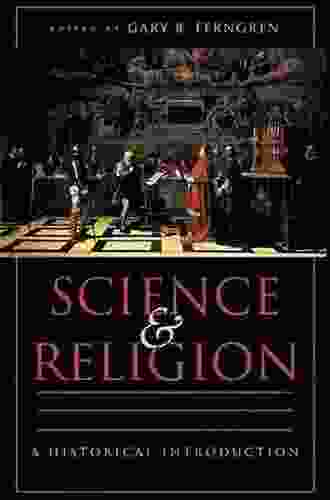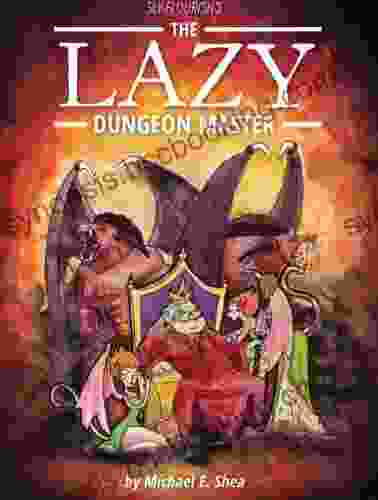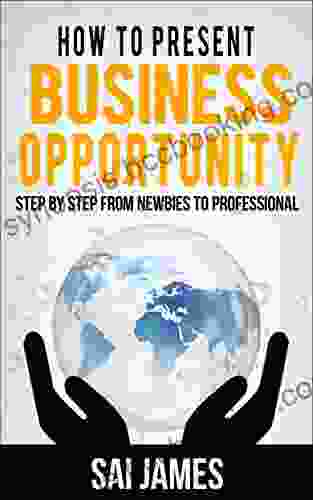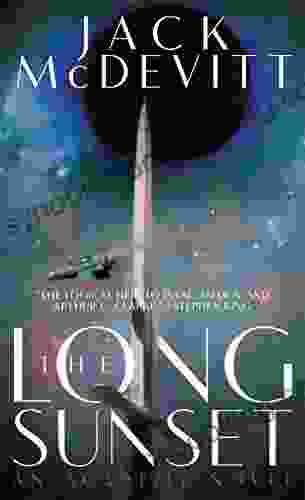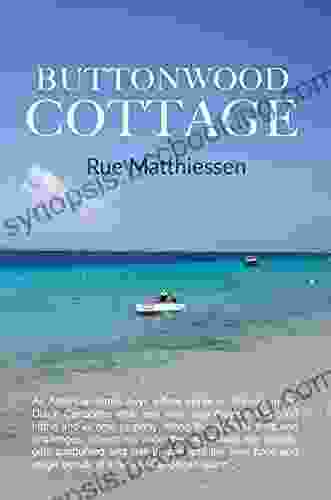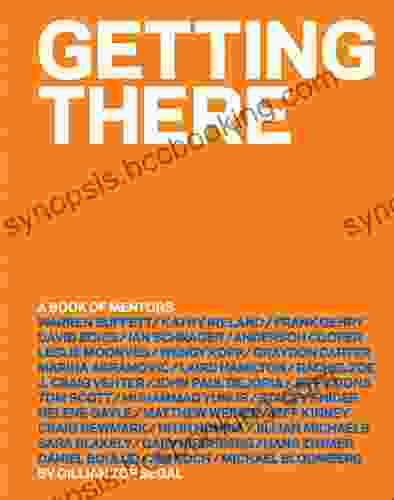Science and Religion: A Historical Introduction

Science and religion are two of the most important and influential forces in human history. They have shaped our understanding of the world around us, and they have played a major role in our social and cultural development. The relationship between science and religion has been complex and often contentious, but it has also been a source of great creativity and inspiration.
This book provides a comprehensive overview of the historical relationship between science and religion. It explores the ways in which science and religion have influenced each other throughout history, and how they have shaped our understanding of the world around us. The book is divided into three parts:
4.7 out of 5
| Language | : | English |
| File size | : | 2107 KB |
| Text-to-Speech | : | Enabled |
| Screen Reader | : | Supported |
| Enhanced typesetting | : | Enabled |
| X-Ray for textbooks | : | Enabled |
| Word Wise | : | Enabled |
| Print length | : | 500 pages |
- The Ancient World: This part explores the relationship between science and religion in the ancient world, from the earliest civilizations to the rise of Christianity.
- The Middle Ages: This part explores the relationship between science and religion in the Middle Ages, from the fall of the Roman Empire to the Renaissance.
- The Modern World: This part explores the relationship between science and religion in the modern world, from the Renaissance to the present day.
The Ancient World
In the ancient world, science and religion were closely intertwined. Many of the early scientists were also priests, and they saw no conflict between their religious beliefs and their scientific work. In fact, they often saw their scientific work as a way of understanding the divine.
One of the most important figures in the history of science and religion is Aristotle. Aristotle was a Greek philosopher who lived in the 4th century BC. He was a prolific writer on a wide range of subjects, including science, religion, and ethics. Aristotle's work had a profound influence on Western thought, and his ideas about science and religion continue to be debated today.
Aristotle believed that the universe was created by a divine being. However, he also believed that the universe was governed by natural laws. Aristotle's belief in natural laws was a major departure from the traditional religious view of the world, which held that the universe was controlled by the gods.
Aristotle's ideas about science and religion were challenged by the rise of Christianity. Christians believed that the universe was created by God, and that it was governed by divine providence. This view of the world was incompatible with Aristotle's belief in natural laws.
The conflict between science and religion in the ancient world reached its peak in the 6th century AD, when the Christian emperor Justinian closed the schools of Athens. This event marked the end of the ancient world, and the beginning of the Middle Ages.
The Middle Ages
The Middle Ages were a time of great intellectual and religious ferment. The rise of Islam in the 7th century AD challenged the authority of the Christian Church, and led to a new wave of scientific inquiry. Muslim scholars made significant advances in mathematics, astronomy, and medicine, and their work was eventually translated into Latin and disseminated throughout Europe.
The 12th and 13th centuries saw a revival of interest in Aristotle's work. Christian scholars began to reconcile Aristotle's ideas with the teachings of the Church. This led to the development of a new synthesis of science and religion, known as Scholasticism.
Scholasticism was the dominant intellectual movement in Europe from the 13th to the 15th centuries. Scholastic philosophers sought to use reason to explain the mysteries of faith. They developed a complex system of logic and metaphysics that was used to defend the doctrines of the Church.
The Scholastic synthesis of science and religion was challenged by the rise of humanism in the 14th and 15th centuries. Humanists believed that human reason was the best way to understand the world. They rejected the authority of the Church and the teachings of Scholasticism.
The conflict between humanism and Scholasticism reached its peak in the 16th century, with the Protestant Reformation. The Protestants rejected the authority of the Pope and the Catholic Church. They also rejected the Scholastic synthesis of science and religion.
The Protestant Reformation led to a new wave of scientific inquiry. Protestant scholars were free to challenge the authority of the Church and to explore new ideas. This led to a number of important scientific discoveries, including the development of the heliocentric theory of the solar system.
The Modern World
The modern world has seen a continued separation of science and religion. The scientific revolution of the 16th and 17th centuries led to a new understanding of the universe. Scientists began to discover the laws of nature, and they developed new technologies that made it possible to explore the world in new ways.
The Enlightenment of the 18th century further weakened the authority of religion. Enlightenment thinkers believed that human reason was the best way to understand the world. They rejected the supernatural and the authority of the Church.
The separation of science and religion continued in the 19th and 20th centuries. Scientists made great advances in our understanding of the universe, and they developed new technologies that have changed the way we live. At the same time, religion has become increasingly privatized, and it has less influence on public life.
Today, the relationship between science and religion is complex and multifaceted. Some people see science and religion as being in conflict, while others see them as being complementary. There is no easy answer to the question of how science and religion can be reconciled, but it is a question that has been debated for centuries, and it is likely to continue to be debated for many years to come.
The relationship between science and religion is a complex and fascinating one. It is a relationship that has been marked by both conflict and cooperation. Science and religion have influenced each other throughout history, and they have shaped our understanding of the world around us. The relationship between science and religion is likely to continue to evolve in the years to come, and it is a relationship that will continue to be debated for many years to come.
4.7 out of 5
| Language | : | English |
| File size | : | 2107 KB |
| Text-to-Speech | : | Enabled |
| Screen Reader | : | Supported |
| Enhanced typesetting | : | Enabled |
| X-Ray for textbooks | : | Enabled |
| Word Wise | : | Enabled |
| Print length | : | 500 pages |
Do you want to contribute by writing guest posts on this blog?
Please contact us and send us a resume of previous articles that you have written.
 Book
Book Novel
Novel Page
Page Chapter
Chapter Text
Text Story
Story Genre
Genre Reader
Reader Library
Library Paperback
Paperback E-book
E-book Magazine
Magazine Newspaper
Newspaper Paragraph
Paragraph Sentence
Sentence Bookmark
Bookmark Shelf
Shelf Glossary
Glossary Bibliography
Bibliography Foreword
Foreword Preface
Preface Synopsis
Synopsis Annotation
Annotation Footnote
Footnote Manuscript
Manuscript Scroll
Scroll Codex
Codex Tome
Tome Bestseller
Bestseller Classics
Classics Library card
Library card Narrative
Narrative Biography
Biography Autobiography
Autobiography Memoir
Memoir Reference
Reference Encyclopedia
Encyclopedia Gary Chandler
Gary Chandler W Maxwell Prince
W Maxwell Prince Max Muller
Max Muller Juan Carlos Jc Santana
Juan Carlos Jc Santana Randy Sarafan
Randy Sarafan William Stott
William Stott Gertrude Landa
Gertrude Landa Julia Gray
Julia Gray Matt Williams
Matt Williams Sara Ackerman
Sara Ackerman Gerald R Allen
Gerald R Allen Dusty Rhodes
Dusty Rhodes Dick Van Dyke
Dick Van Dyke Norman Doidge
Norman Doidge Tim Rayborn
Tim Rayborn Lehman Engel
Lehman Engel Pearson Education
Pearson Education Kin F Kam
Kin F Kam Jaxx Greye
Jaxx Greye Grant Dever
Grant Dever
Light bulbAdvertise smarter! Our strategic ad space ensures maximum exposure. Reserve your spot today!

 Albert CamusTime Travel Detective Mystery Paradox: Unravel the Enigma of Time and Solve...
Albert CamusTime Travel Detective Mystery Paradox: Unravel the Enigma of Time and Solve... Javier BellFollow ·11k
Javier BellFollow ·11k Noah BlairFollow ·3k
Noah BlairFollow ·3k Tim ReedFollow ·19.3k
Tim ReedFollow ·19.3k Percy Bysshe ShelleyFollow ·3.3k
Percy Bysshe ShelleyFollow ·3.3k Jackson HayesFollow ·13.9k
Jackson HayesFollow ·13.9k Craig CarterFollow ·8.7k
Craig CarterFollow ·8.7k Branson CarterFollow ·17.3k
Branson CarterFollow ·17.3k Gil TurnerFollow ·5.4k
Gil TurnerFollow ·5.4k
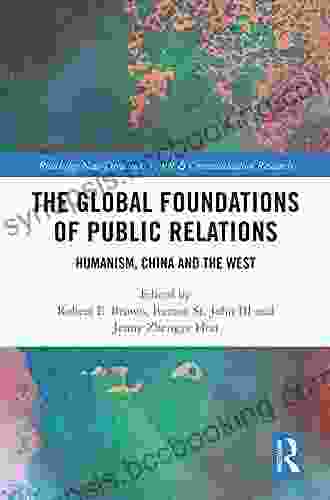
 Robert Heinlein
Robert HeinleinUnveiling Humanism in China and the West: A Journey...
In our rapidly...
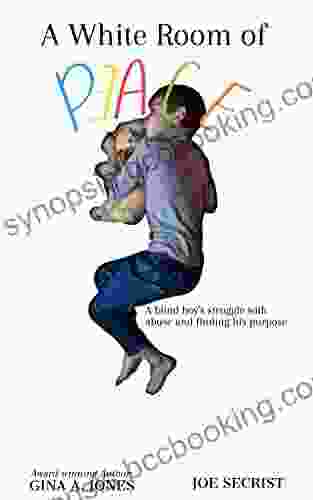
 Brian Bell
Brian BellBlind Boy's Unwavering Struggle Against Abuse and the...
In the tapestry of...
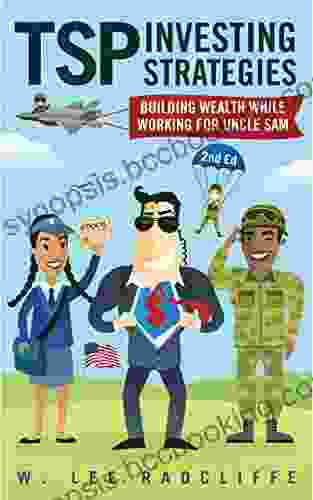
 Craig Carter
Craig CarterBuilding Wealth While Working for Uncle Sam: The Ultimate...
## ### Are you a federal employee who wants...
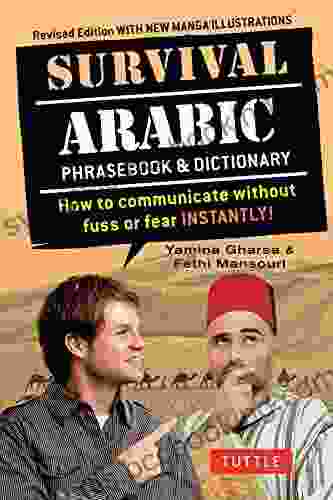
 Raymond Parker
Raymond ParkerUnveiling the Secrets of Arabic Survival: The Ultimate...
Embarking on a journey to unravel the...
4.7 out of 5
| Language | : | English |
| File size | : | 2107 KB |
| Text-to-Speech | : | Enabled |
| Screen Reader | : | Supported |
| Enhanced typesetting | : | Enabled |
| X-Ray for textbooks | : | Enabled |
| Word Wise | : | Enabled |
| Print length | : | 500 pages |


